Lawyer Sempaa has revealed how Raila Odinga played a crucial role in helping William Ruto avoid prosecution in a big land fraud case involving the Kenya Pipeline Company (KPC).
The case accused Ruto and others of stealing millions of shillings by selling land that did not legally belong to them. Despite the serious charges, Ruto was appointed Minister for Agriculture in 2008 after the disputed 2007 elections, a move believed to have protected him from facing the law.
The case centered on land excised from Ngong Forest. William Ruto allegedly took five acres of this forest land and created five dummy companies. Each of these companies received a title deed from David Mwaita, the Commissioner for Lands at the time. These dummy companies then sold the same piece of land to KPC, a state corporation, causing a loss of millions of shillings to the government.
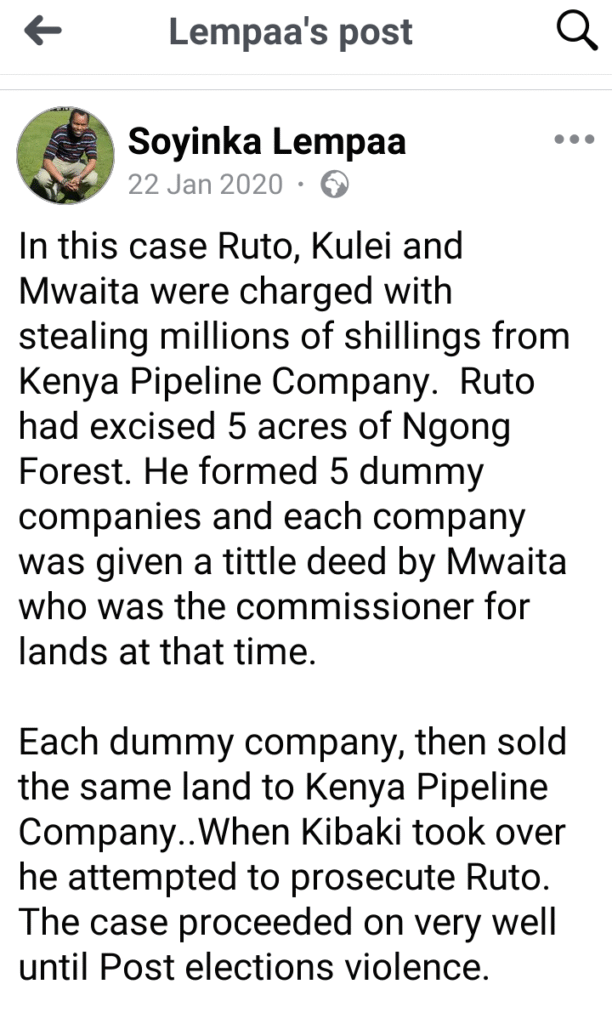
Benjamin Kulei, a businessman who was a director in most of these companies, was also charged along with Ruto and Mwaita. When Mwai Kibaki’s government started prosecuting Ruto, the case made good progress. However, after the 2007 post-election violence, the country was thrown into political chaos.
A power-sharing deal was brokered between Kibaki and Raila Odinga to restore peace. This deal resulted in a coalition government with Raila as Prime Minister and Ruto appointed as Minister for Agriculture in 2008.
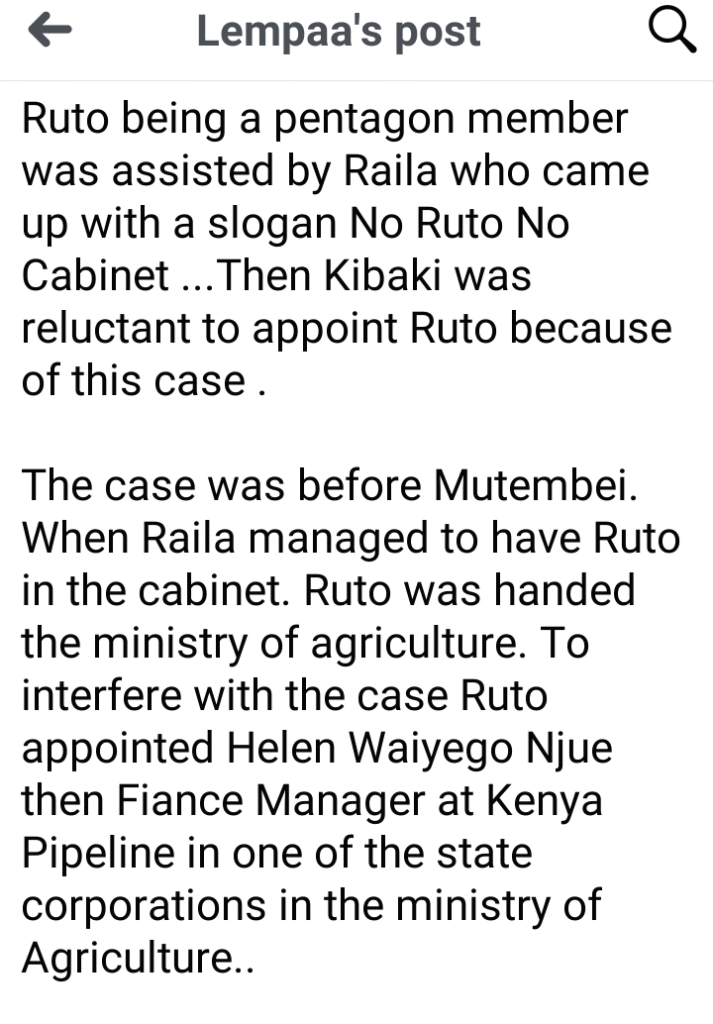
According to Lawyer Sempaa, Raila used the slogan “No Ruto, No Cabinet” to pressure Kibaki into including Ruto in the cabinet despite the pending land fraud case.
Although there is no official proof that this slogan was formally used, it has been widely reported as part of the political negotiations. Once Ruto was in the cabinet, he allegedly used his new position to interfere with the case.
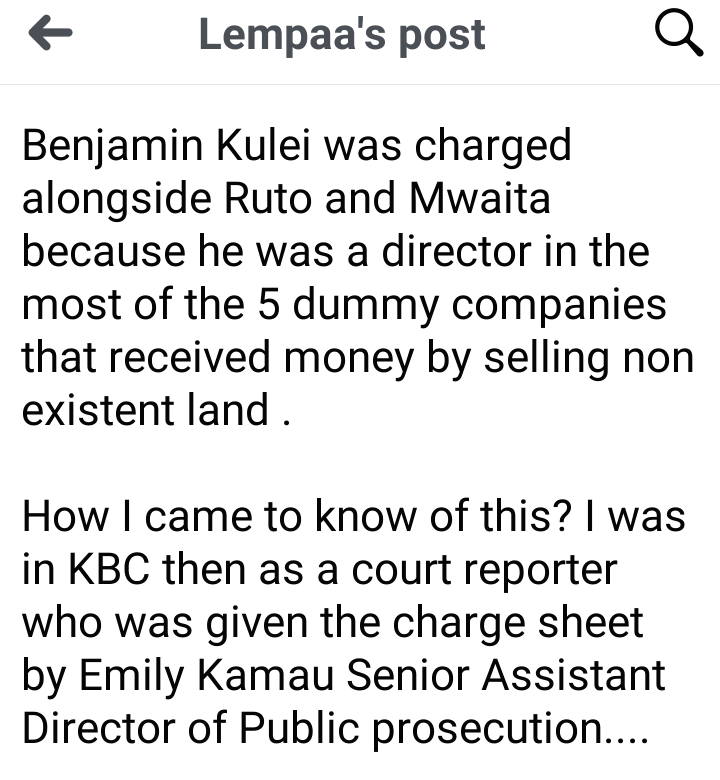
For example, he appointed Helen Waiyego Njue, who was then Finance Manager at KPC, to a role in one of the state corporations under his ministry. This appointment raised concerns that Ruto was trying to influence the investigation and weaken the prosecution.
The trial continued before Chief Magistrate Gilbert Mutembei, with the prosecution calling 20 witnesses. However, in 2011, Mutembei acquitted Ruto, Kulei, and Mwaita, ruling that there was not enough evidence to prove they personally benefited from the land sale.
This ruling shocked many and sparked suspicions that political influence had affected the court’s decision, especially since Ruto had by then become a powerful cabinet minister. The entire case highlights the complicated connection between politics and justice in Kenya. While there may not be clear documentary evidence that Raila Odinga’s support came with the slogan “No Ruto, No Cabinet,” the timing and political circumstances suggest that Odinga’s backing played a role in protecting Ruto.
Lawyer Sempaa, who was once a court reporter at KBC and had access to the original charge sheet, had spoken openly about how political alliances helped Ruto avoid accountability while illegally acquiring wealth.
Years later, in 2020, the Directorate of Criminal Investigations reopened the case, showing there is still interest in uncovering the truth. But the influence of political power on legal processes remains a challenge for Kenya’s fight against corruption.
This case is a clear example of how political deals can sometimes overshadow justice, leaving many Kenyans frustrated about the rule of law in their country.

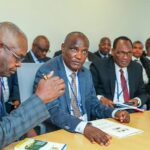




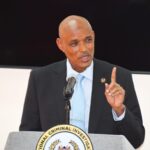
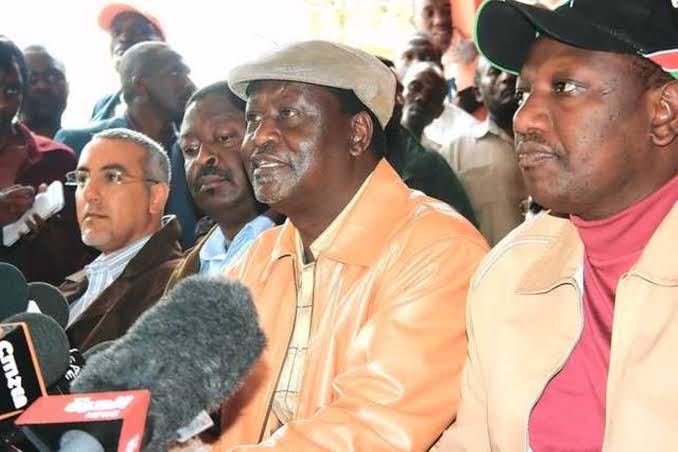
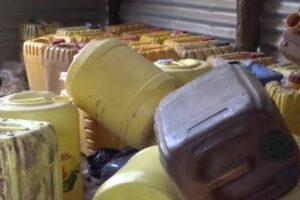
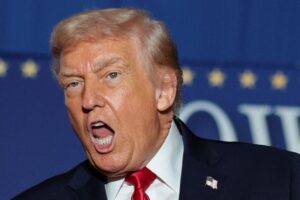
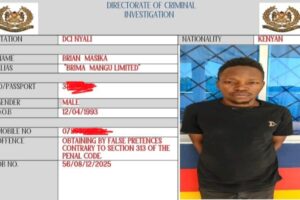


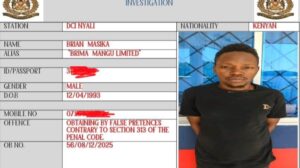


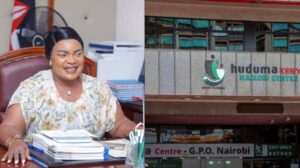


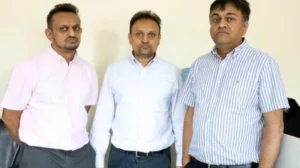

Add Comment